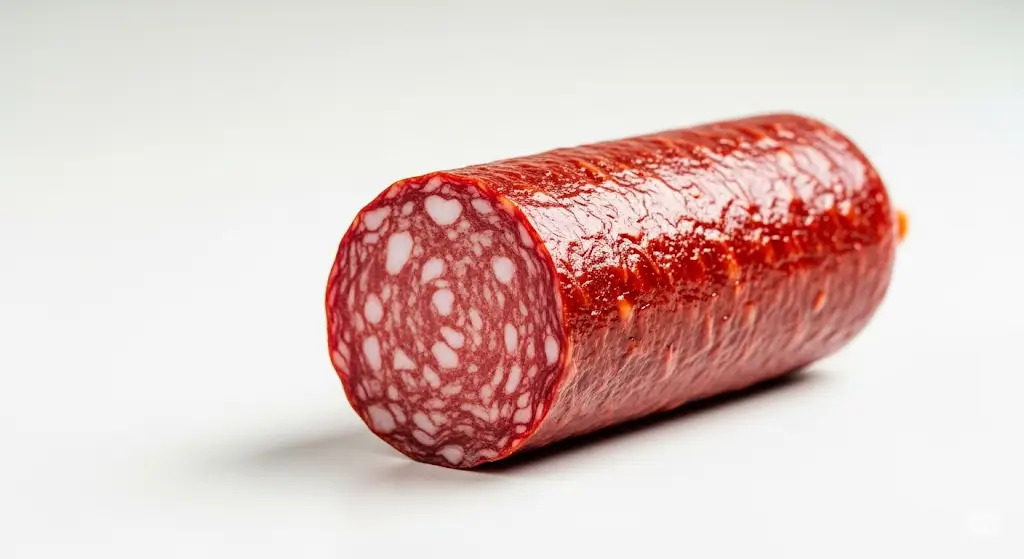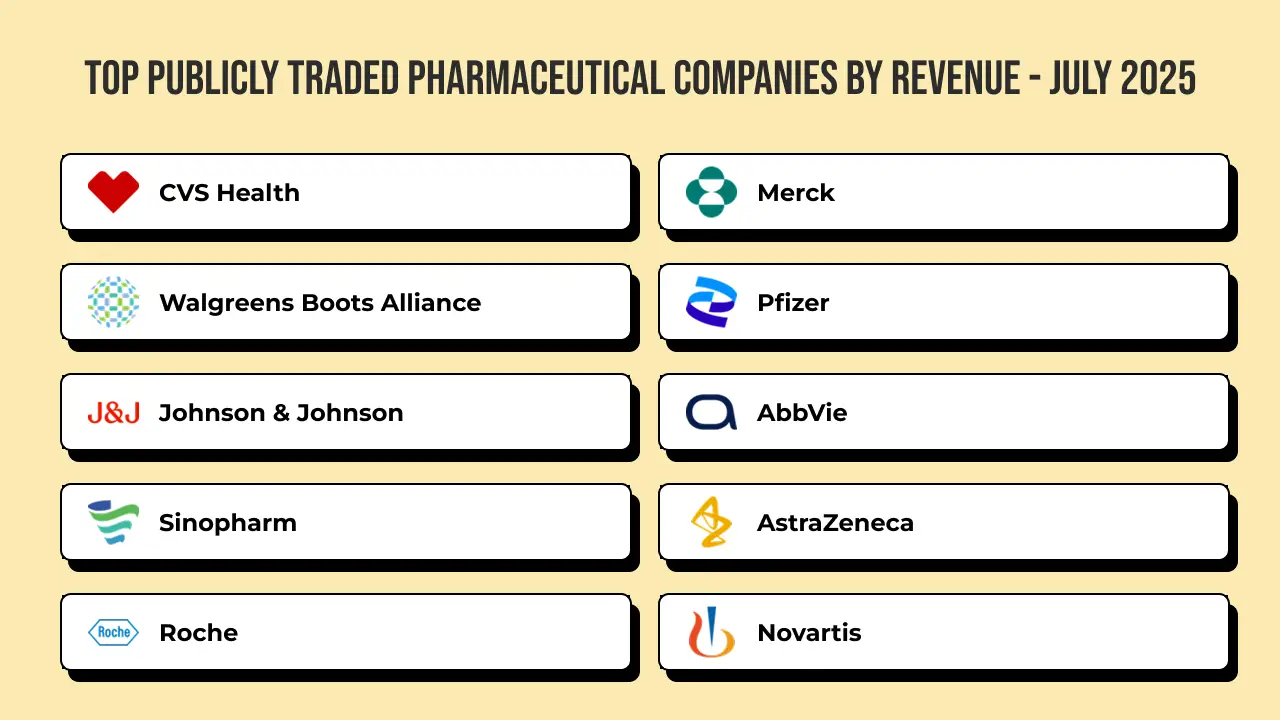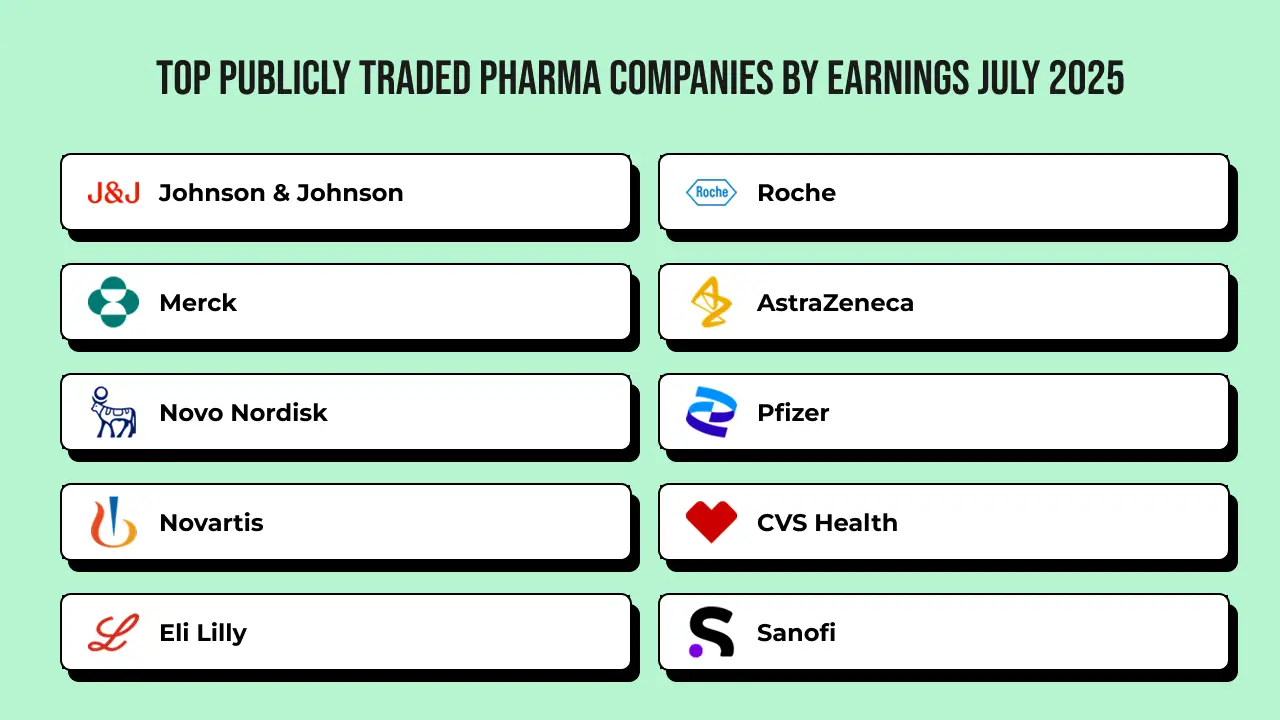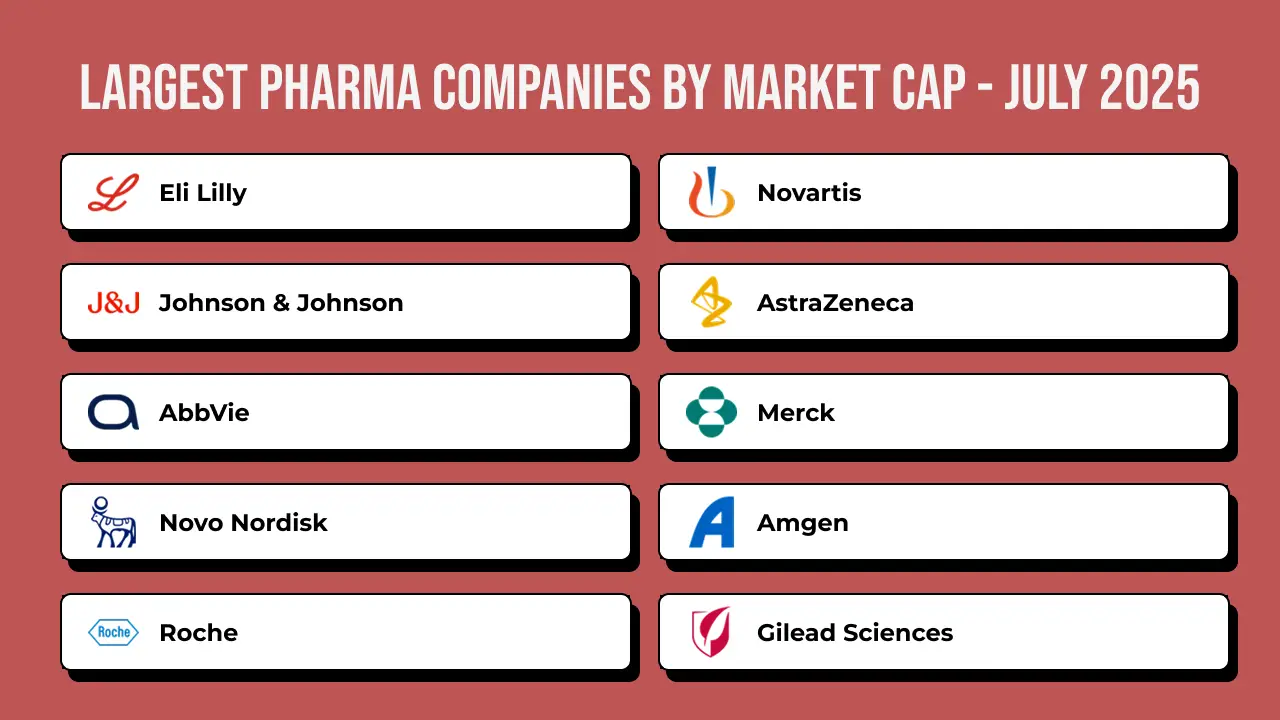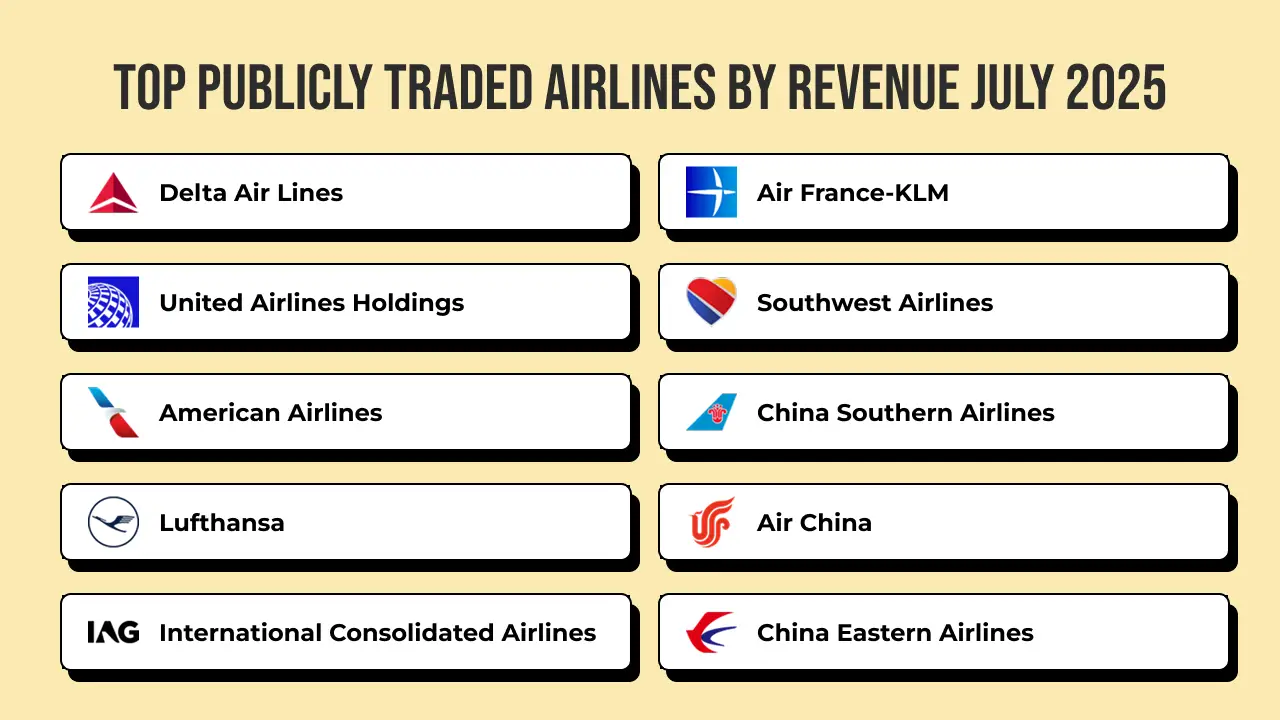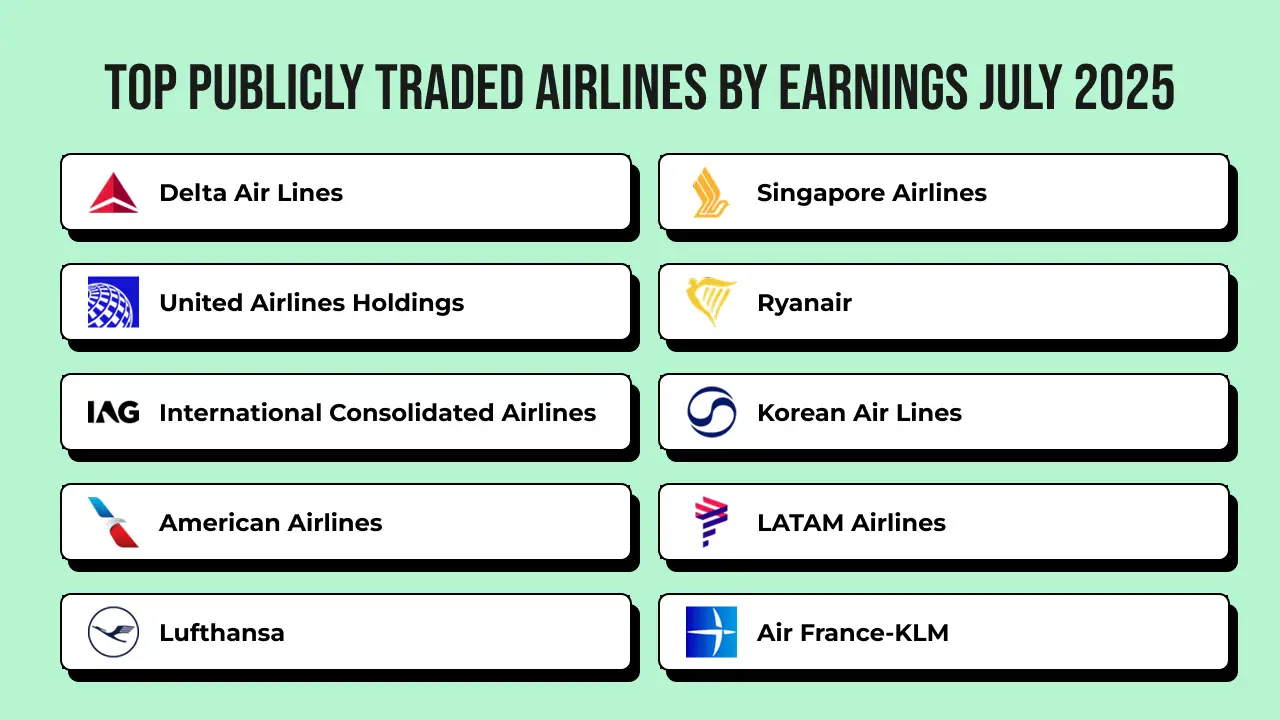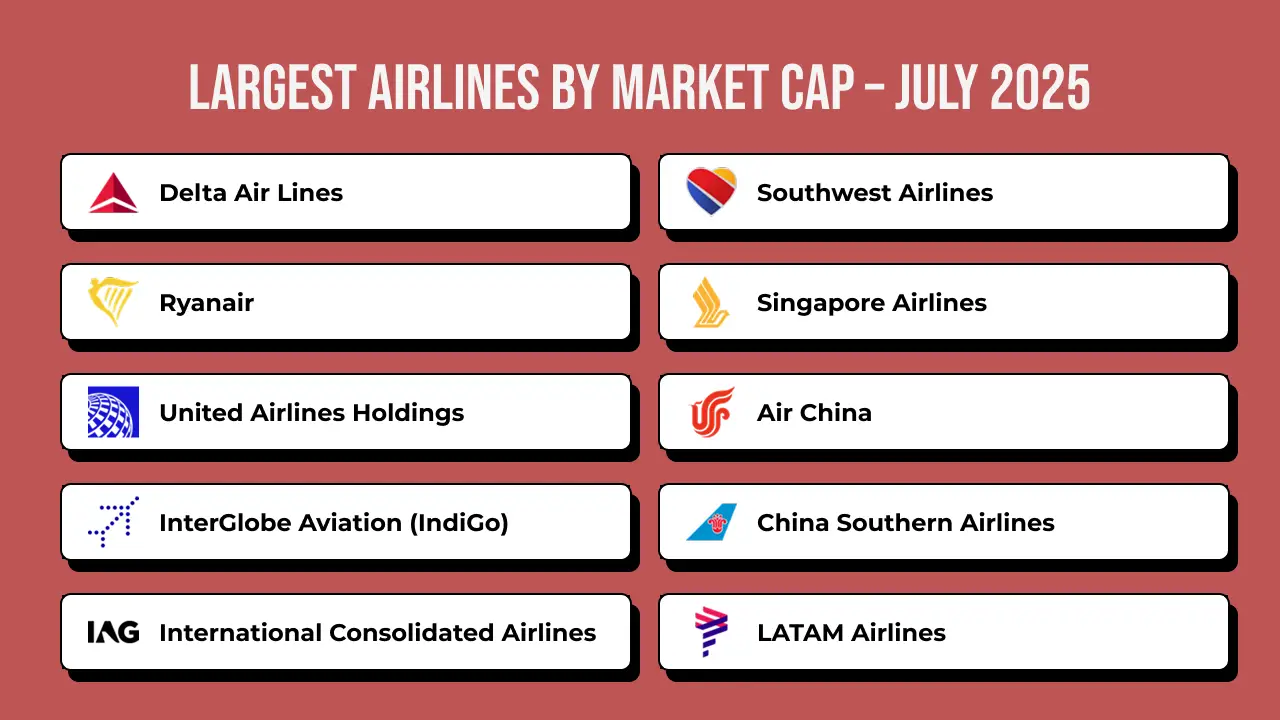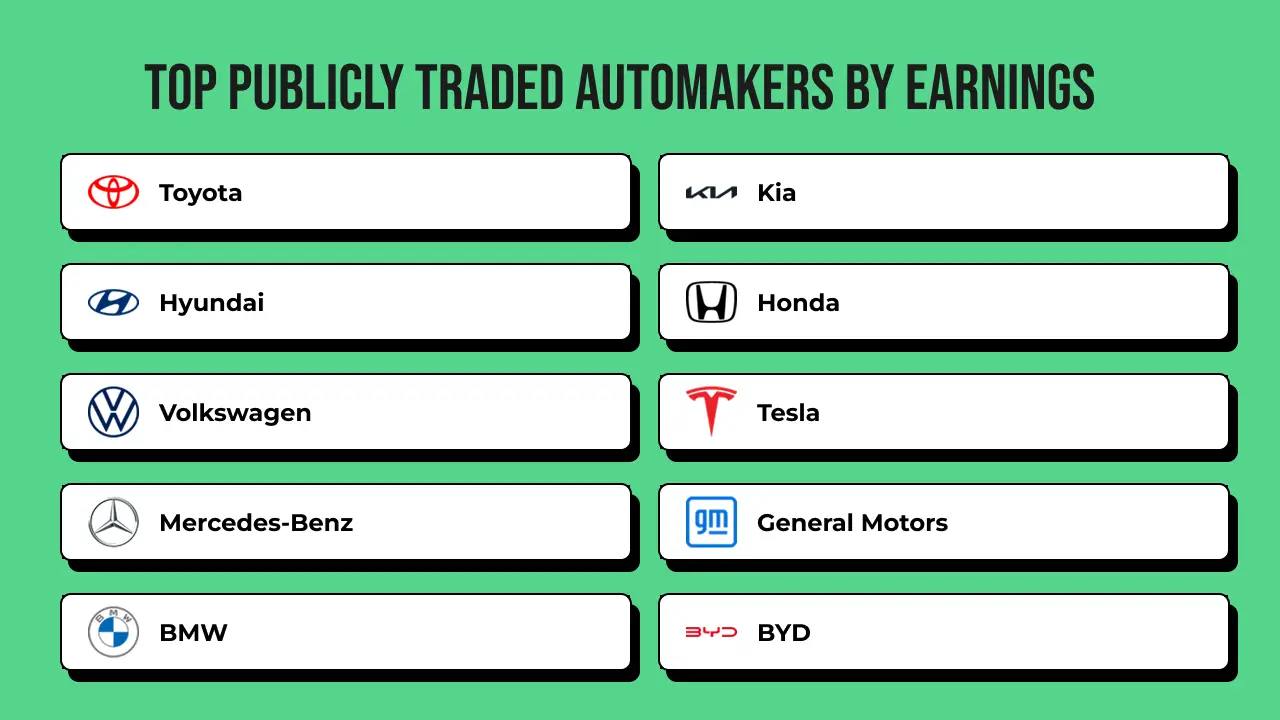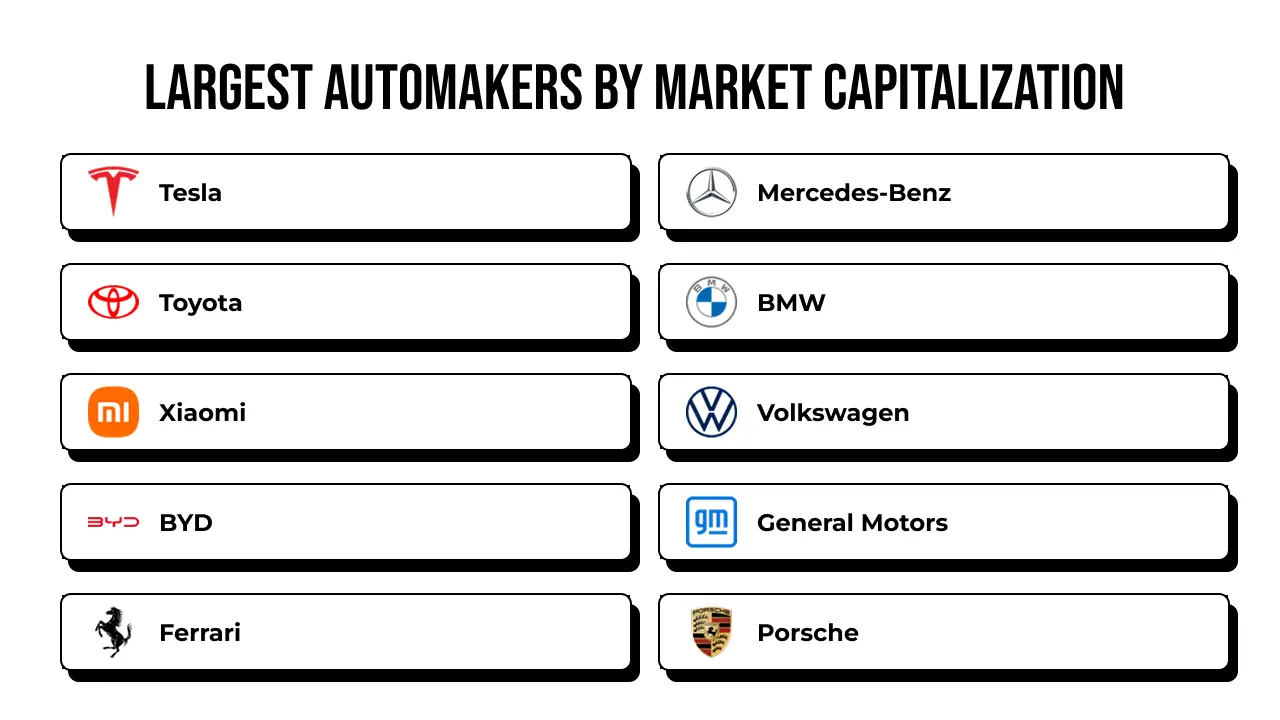I’ve been diving into the world of the processed meat market, and it’s fascinating to see how this industry is shaping up. As of 2023, the global processed meat market was valued at approximately $319.6 billion, with projections suggesting it will soar to $497.17 billion by 2030, growing at a compound annual growth rate (CAGR) of around 6.5%. This growth is fueled by rising consumer demand for convenient, ready-to-eat food options, especially in urban areas where fast-paced lifestyles dominate. The increasing popularity of protein-rich diets, coupled with advancements in food processing technologies, is pushing the market forward. However, challenges like health concerns over processed meat consumption and growing interest in plant-based alternatives are influencing market dynamics. I’ve noticed that economic factors, such as rising disposable incomes in developing regions, also play a significant role in driving demand for processed meat products, as people seek affordable yet flavorful protein sources.
When I explored the market segments, I found that processed meat is categorized by product type, including poultry, pork, beef, and mutton, with poultry holding the largest share at over 40% in 2023. Poultry’s dominance comes from its affordability, versatility, and widespread acceptance across cultures. Pork follows closely, particularly in regions like Asia-Pacific, where it’s a staple in many cuisines. Beef, while popular in Western markets, faces competition due to higher costs and health concerns. Mutton, though a smaller segment, is gaining traction in specific regions like the Middle East. The chilled processed meat segment, as opposed to frozen or canned, also commands a significant share due to consumer preference for fresher-tasting products. I’ve observed that the convenience of chilled products, especially in supermarkets and hypermarkets, makes them a go-to choice for many households.
Looking at the companies shaping this market, I’m impressed by the dominance of key players like Tyson Foods, JBS S.A., and Cargill. These giants lead due to their extensive supply chains, brand recognition, and innovation in product offerings. Other notable players include WH Group, which owns Smithfield Foods, and Hormel Foods, known for brands like Spam. These companies invest heavily in research and development to create healthier processed meat options, addressing consumer concerns about sodium and preservatives. I’ve noticed smaller regional players are also emerging, particularly in Asia and Latin America, focusing on local tastes and affordable pricing to compete with these global titans.
Geographically, I’ve seen that North America holds the largest market share, driven by high consumption of processed meats like sausages and hot dogs in the U.S. and Canada. Asia-Pacific is the fastest-growing region, with countries like China and India seeing surging demand due to urbanization and changing dietary habits. Europe remains a strong market, with Germany and the UK leading due to their love for bacon and deli meats. Emerging markets in Latin America, like Brazil, and parts of the Middle East are also contributing to growth, as processed meat becomes more accessible through modern retail channels.
The processed meat industry is buzzing with innovation, and I’m excited about the latest trends. One standout is the development of plant-blended meat products, which mix traditional meat with plant-based ingredients to appeal to health-conscious consumers. Advances in clean-label processing are also trending, with companies reducing artificial additives and focusing on natural preservatives. Additionally, I’ve noticed a rise in premium, artisanal processed meats, catering to consumers seeking gourmet flavors. Sustainability is another key focus, with companies adopting eco-friendly packaging and sourcing practices to align with global environmental goals.

